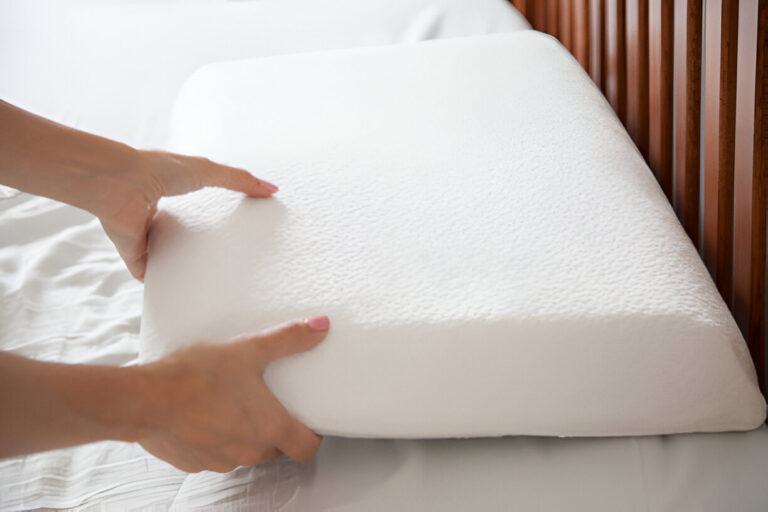A good night’s sleep is quite essential for well-being. The surface on which you rest plays a significant role in determining sleep quality. An uneven or overly firm surface can lead to discomfort, body aches, and interrupted rest. Finding the right material that supports the body while providing a soft, contouring effect can improve sleep patterns.
Memory foam mattresses are designed to provide a balanced combination of support and comfort. They adjust to individual body shapes, evenly distributing weight and minimising pressure points. This article explores how these specialised sleeping surfaces adapt to the body, promoting relaxation and restful sleep.
Contouring to Body Shape for Maximum Comfort
One of the most notable features of this type of bedding material is its ability to mould to the shape of the person lying on it. As body heat softens the surface, it gradually conforms to the curves, ensuring a snug fit. This responsiveness allows the material to adapt to different sleeping positions, whether on the back, side, or stomach.
Unlike traditional options that remain rigid, this innovative design ensures that no part of the body experiences excessive pressure. Shoulders, hips, and lower back receive adequate cushioning, preventing stiffness or soreness in the morning. By adjusting to the natural contours, these sleep surfaces provide tailored support for individuals with varying comfort needs.
Reducing Pressure Points for a Pain-Free Experience
A surface that is too firm can create discomfort, particularly in areas like the shoulders and hips. Uneven weight distribution can lead to tension buildup, causing restlessness during the night. An adaptable material helps relieve strain by evenly distributing body weight, reducing discomfort in sensitive regions.
This characteristic is especially beneficial for individuals who experience joint or muscle pain. By minimising stress on key pressure points, the body can fully relax. As tension decreases, blood circulation improves, further enhancing sleep quality. Over time, a well-supported posture during rest can reduce stiffness and promote long-term comfort.
Minimising Motion Transfer for Undisturbed Sleep
Sharing a bed with a partner often means adjusting to different movement patterns. A restless sleeper who frequently shifts positions can disrupt the other person’s rest. Traditional options with spring-based structures amplify motion, making it difficult to stay undisturbed.
An advanced sleep surface absorbs movement, preventing it from spreading across the bed. This isolation ensures that one person’s tossing and turning does not impact the other. Couples, particularly those with different sleeping habits, benefit from this feature, as it allows both individuals to rest peacefully.
Balancing Support and Softness for Proper Alignment
Spinal alignment is a crucial factor in achieving restorative rest. A surface that lacks proper structure can cause the lower back to sink, leading to poor posture. On the other hand, excessive firmness prevents natural curvature, straining the muscles and joints.
An ideal balance between softness and support promotes proper positioning of the spine. The material provides enough give to cushion sensitive areas while maintaining a stable foundation. This alignment reduces the risk of waking up with aches or discomfort, ensuring a refreshed feeling in the morning.
Enhancing Temperature Regulation for a Cool Sleep Environment
A comfortable sleep experience is not just about support; temperature also plays a key role. Some traditional materials tend to trap heat, causing discomfort and excessive warmth during the night. An ideal sleep surface should regulate temperature effectively to prevent overheating.
To maintain a pleasant sleeping environment, advanced materials incorporate breathable layers that allow air circulation. This feature prevents excessive heat buildup, helping sleepers stay cool and comfortable. Individuals who experience night sweats or prefer a cooler surface benefit from improved airflow, contributing to a more restful night.
Memory foam mattresses offer a combination of adaptability, comfort, and support, making them an excellent choice for restful sleep. By providing several benefits, they create an optimal sleep environment. A well-balanced structure provides long-term benefits, ensuring that individuals wake up feeling refreshed and pain-free.


